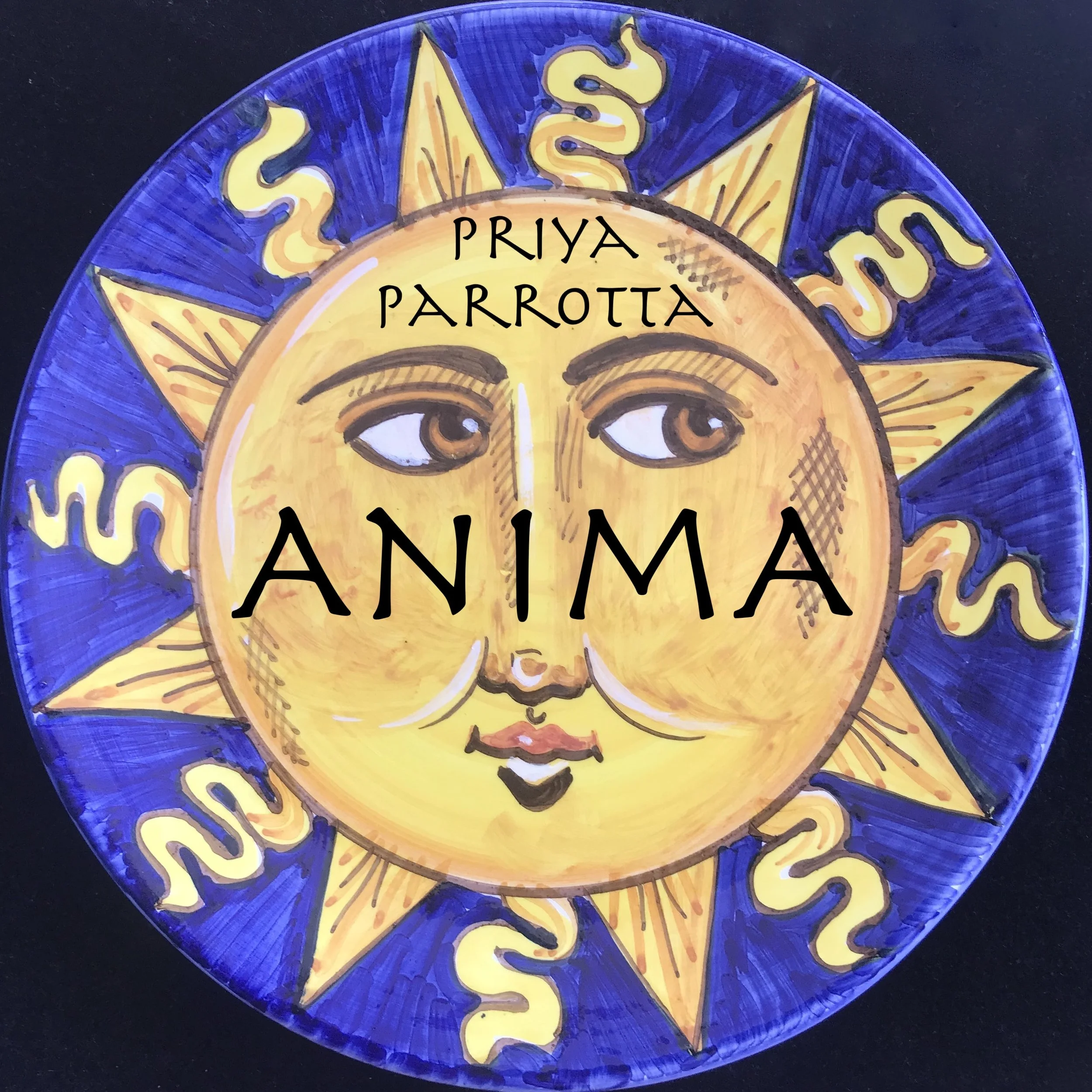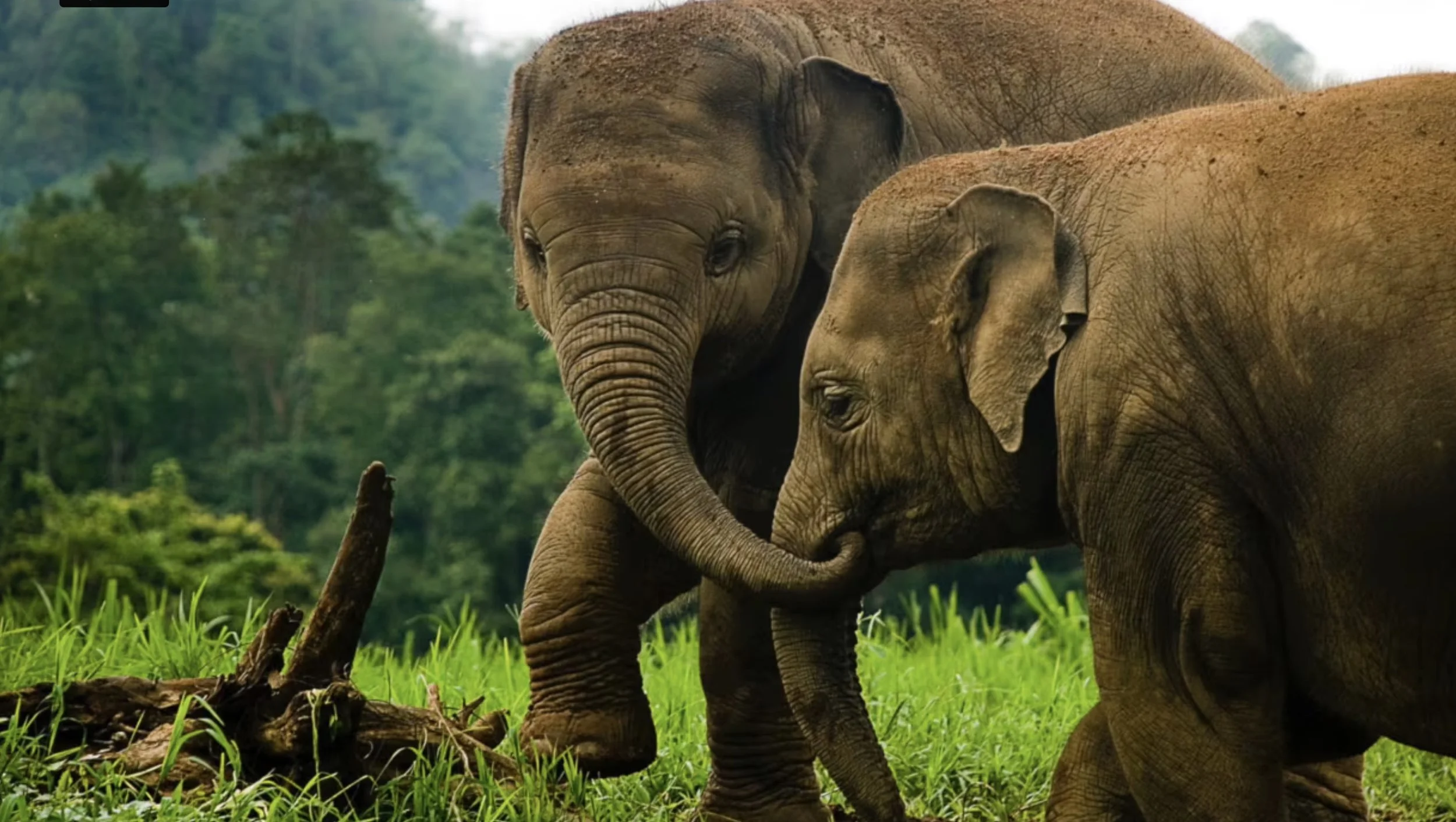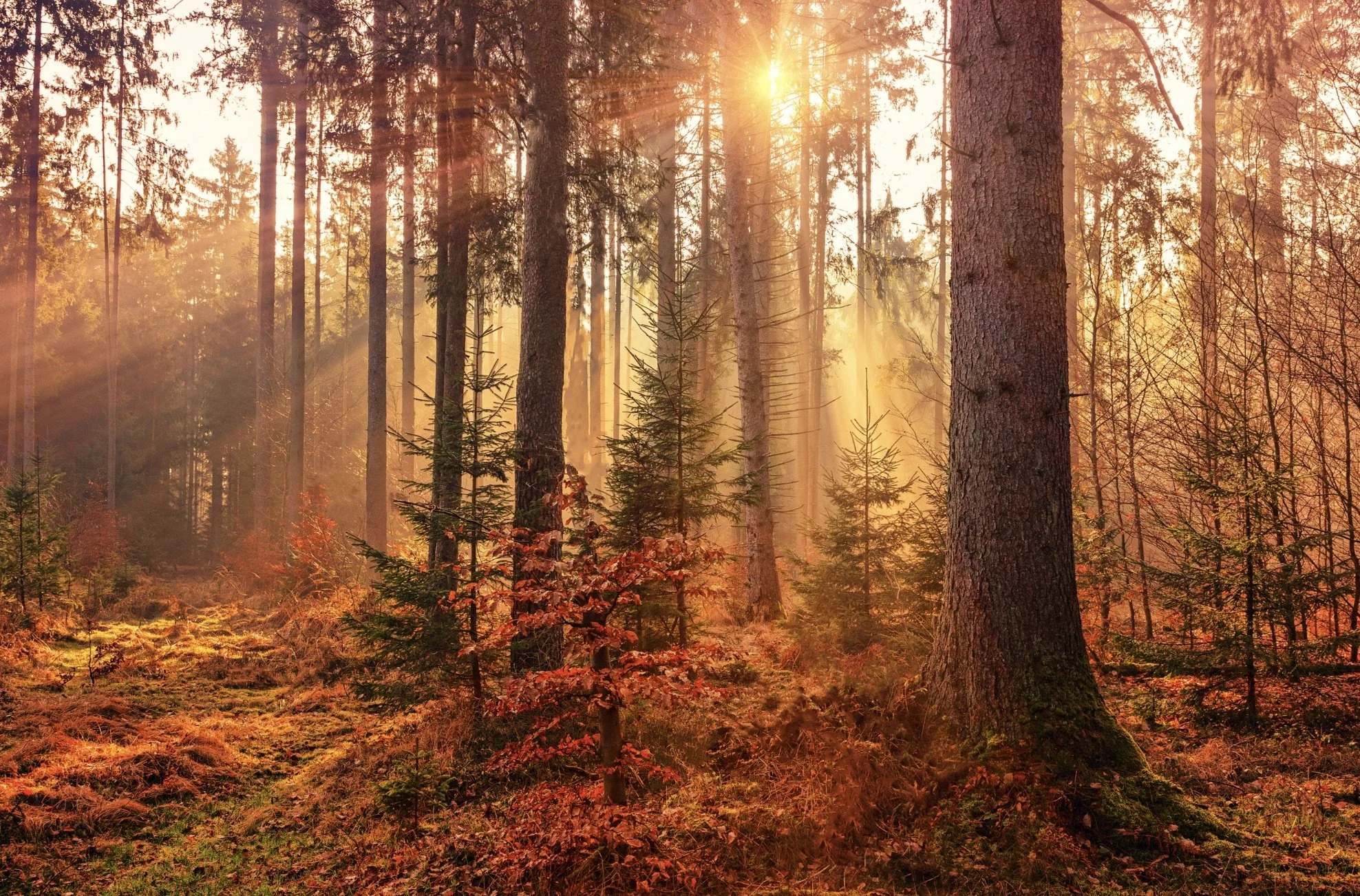ANIMA: When Ecosystems Meet Dreams
By Safina Center Fellow Priya Parrotta
ANIMA album cover, designed by Priya Parrotta
What happens when the ecosystems we love meet the world of dreams? What becomes possible when the places we have come to know intersect with the flights of imagination within us? Is there a way to express the ways in which the plants, animals and elements around us animate our inner lives? These questions, which may not have clear answers, motivate much of my songwriting.
I've spent the last few months immersed in environmental historiography: in particular, the history of legal, ecological and cultural injustice in the earliest stages of the global beach tourism industry. I feel more than ever how important it is to know such events. But at the same time, I feel that beneath and beyond the lines of formal history is another story, lived out in our imaginations and our collective dreams. This aspect of the human journey interests me just as much as the forms of history that we more openly recognize, and music is a way to access that part of our story.
For me, songwriting is about creating spaces which celebrate the power of the most sensitive and philosophical aspects of humanity—the parts of us that are most deeply connected to the Earth.
Song has the potential to recognize ideologies and structures of power which threaten us and our relationship to the planet… and then, having done so, bring beauty and imagination and heart to resist them, and see beyond them.
I recently released an album called Anima, which is a collection of six singles written during the pandemic. The album is named after the part of us which is unconscious—which, perhaps, connects to archetypes, to the stories of the soul which mythologies around the world seek to express or understand, and which manifest personally in dreams. And at the same time, in Italian and (with an accented “á”) in Spanish, anima means “soul” or “spirit.” These words are perhaps slightly different in meaning, but both gesture towards the part of us that exists and endures—even when physical and political realities ignore it, or undermine it.
All of these possible definitions, diverse though they may be, celebrate the currents within us—the parts of us that comprehend, that hope, that dream—in ways that we are not necessarily educated or trained to do. The elements within us which flow spontaneously, resist structures of power, and are, despite everything, still capable of imagining beautiful worlds.
In writing each song, I hoped to, in some way, gesture to that beautiful, elusive, invisible, resilient consciousness.
©Stefano Ravalli
“Alpaca” honors the mystery in landscapes which endure as empires rise and fall, and which the beings who live upon it still inspire in us. It was born out of an image that came in a dream—a solitary alpaca journeying along the Qhapaq Ñan, the intricate road system of the Inca Empire.
©Josh Sleicher-MacCracken
“Ganapathim” reconnects a traditional Hindu shloka to the being which no doubt inspired it in the first place, and continues to awe us—the elephant.
©Ahmed Nishaath
“Medianoche” is set on a beach which, by day, is a tourist hub, but by night returns to a state of mystery. The song honors the mysticism which lives within our consciousness, and the life that breathes on tropical coastlines.
©Johannes Plenio
“Esmeraldas” is a song about a forest fire, written in the days after the fire at Notre Dame. Somehow, the two events came together in my mind, leading to lyrics about glass, flames, and the preciousness of life in the forest. It is, perhaps, an archetypal story of carelessness and loss, which has always dwelled in our consciousness.
“This I Know” is another archetypal story… a story of extraction and violence, and the voices that observe it. In particular, it is the song of a centuries-old redwood tree, who has witnessed the unfolding of settler colonialism, and all of the violations which that involves.
©Dmitry Tulupov
“Port Meadow” is about the magic of nature, and of our consciousness, which is often stifled by human institutions, but is there for us whenever we return to open spaces. Named after a meadow in Oxford, it celebrates one of the most peaceful things that we can do when faced with human structures which do not serve the planet well: to simply walk away from them, and let the Earth teach us instead.






